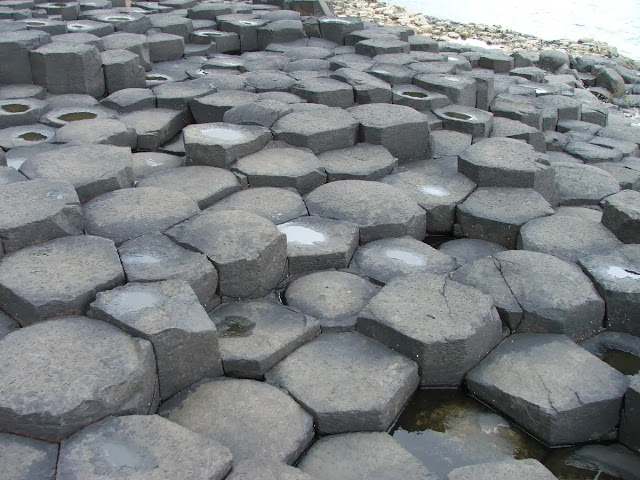The Atlantic Ocean Floor Maps
Unseen Details of Seafloor Exposed in These Maps of the Atlantic Ocean Floor
Maps of the Atlantic Ocean floor are revealing previously unseen details of the seabed, including a vast network of canyons and seamounts. The maps were created using data from a variety of sources, including sonar surveys, satellite imagery, and seismic data.
Mid-Atlantic Ridge: This underwater mountain range runs nearly the entire length of the ocean, marking the boundary between the North American and Eurasian plates to the north, and the African and South American plates to the south. It's part of the longest mountain range on Earth, and is constantly being pushed apart by tectonic forces, creating new ocean floor in the process. The ridge is home to a variety of volcanic and hydrothermal vents, which support unique ecosystems.
Ocean trenches: The deepest points in the Atlantic are found in trenches, like the Puerto Rico Trench, which plunges over 8,300 meters (27,000 feet) down. These trenches are formed by subduction zones, where one tectonic plate dives beneath another.
The maps also reveal a number of other features, including deep-sea trenches, abyssal plains, and submarine canyons. These features play an important role in the ocean's circulation and chemistry, and they are home to a variety of marine life.
Abyssal plains: These vast, flat regions cover most of the ocean floor. They're composed of sediment that has slowly accumulated over millions of years, often containing the remains of ancient marine life.
Here are some of the specific features that have been revealed by the new maps:
- The Mid-Atlantic Ridge is much larger and more complex than previously thought.
- There are a vast number of canyons and seamounts on the Atlantic Ocean floor.
- The ocean floor is home to a variety of hydrothermal vents, which support unique ecosystems.
- The Atlantic Ocean floor is playing an important role in the ocean's circulation and chemistry.
 |
| Map of the Atlantic Ocean Floor by Bruce Heezen and Marie Tharp. |
Continental shelves: These gently sloping areas extend from the continents out to the deep ocean. They're home to diverse ecosystems, including coral reefs, fish spawning grounds, and important fishing areas.
 |
| High resolution map of The Mid-Atlantic Ridge - the Atlantic Ocean Floor by Bruce Heezen and Marie Tharp. |
Hydrothermal vents: These underwater geysers spew superheated, mineral-rich water, creating unique oases of life in the otherwise dark and cold ocean depths. They support chemosynthetic ecosystems teeming with strange and fascinating creatures.
The Atlantic Ocean floor remains largely unexplored, but technological advancements are opening new windows into its secrets. Submarines, remotely operated vehicles (ROVs), and sophisticated sonar technology are revealing hidden wonders, from volcanic activity and hydrothermal vents to shipwrecks and ancient fossils.
The study of the Atlantic Ocean floor is crucial for understanding our planet's history, geology, and climate. It also holds potential for new resources, medicines, and scientific breakthroughs.





%20(1).webp)




